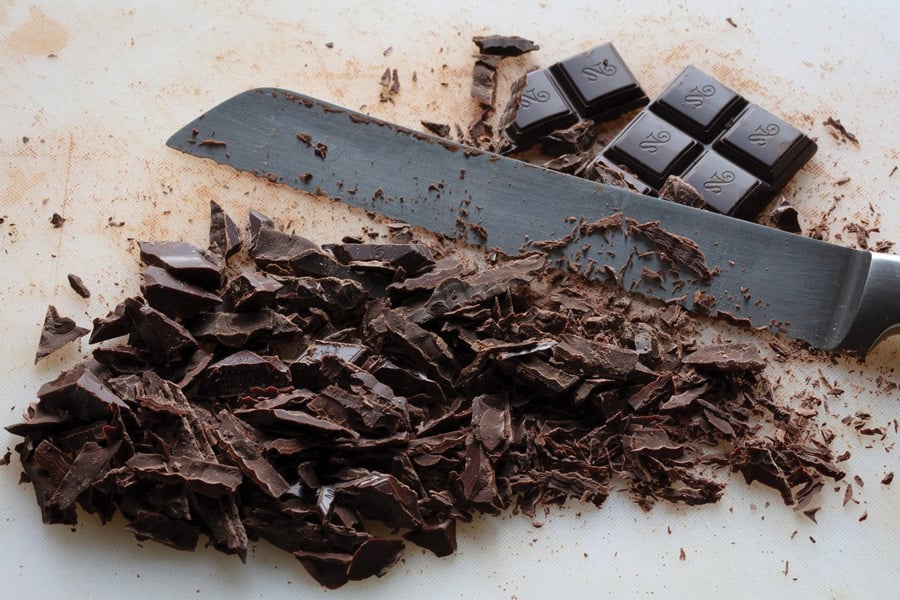Northwestern Medicine study finds that cocoa aids walking in peripheral artery disease
E. Jason Wambsgans/Chicago Tribune/TNS
Northwestern Medicine researchers found in a pilot study that drinking cocoa three times a day increases walking distance in PAD patients.
February 23, 2020
A new pilot study from Northwestern Medicine found that drinking cocoa with high levels of flavonol three times a day increased walking distance in individuals with peripheral artery disease.
PAD affects about 8.5 million people in the United States and is characterized by blockages in the arteries that supply blood to the legs. As a result, individuals do not get enough oxygen delivery to their leg muscles, leading to leg pain and difficulty walking even short distances.
Flavonols are a type of nutrient that is abundant in cocoa. In the study, researchers randomly assigned 44 people with PAD to drinking either a cocoa beverage with its natural flavonols or a placebo drink that had all the components of the cocoa except the actual cocoa and the flavonols.
Participants were each tested for six minutes on walking distance. Researchers also administered magnetic resonance testing, which measured participants’ blood flow in their legs and performed muscle biopsies on those who had consented as well. After that, all patients consumed three drinks per day for six months and were subsequently tested again.
Researchers found that those who consumed flavonol-rich cocoa showed significant improvement in their six-minute walk test results, walking about 43 meters farther than those who had the placebo. They also saw improvement in blood flow and overall better muscle health.
Dr. Mary McDermott, Feinberg professor and the lead author of this study, said the reason behind these findings may be because the cocoa flavonols not only improved blood flow but also the skeletal muscle.
“We just got overall better muscle health in those that got the cocoa flavonols,” McDermott said. “So that, combined with the improved blood flow, may be the reasons that the walking got better in those who took the cocoa for the six months.”
McDermott said the group tested flavonols specifically because the cocoa flavonols have been previously shown to have favorable effects on both skeletal muscle and blood flow.
Linda Van Horn, Feinberg professor of preventive medicine and one of the authors of the study, said the study offers only pilot data, but the fact that the group was able to find potential benefits even with a small group suggests that it would be worth conducting a larger study to find more conclusive answers.
“The goal here is to be able to do a larger study with better controls and better funding so that we can actually look at those relationships in a more quantifiable way and identify potential factors that really are attributing to the improved walking,” Van Horn said.
McDermott said the study is very important for people with PAD because there are very few effective therapies for the disease. The only real beneficial therapy is exercise, she said, but patients with PAD have difficulty exercising because they have trouble walking, and the only FDA-approved drug for the condition is not very effective.
She added that this study can even have potential implications for not just PAD patients but also older people.
“As people get older, we have changes in our skeletal muscle — our skeletal muscle gets less healthy, and actually there’s evidence that older people don’t have as good blood flow as they did when they were younger,” McDermott said. “Now, peripheral artery disease is an extreme of that, but if this turns out to be confirmed and beneficial in PAD, then it could even have potential implications for older people.”
Email: vivianxia2023@u.northwestern.edu
Twitter: @vivianxia7
Related Stories:
– Frequent Walking Slows Arterial Disease, Study Finds
– Evanston establishments serve special winter beverages this season



